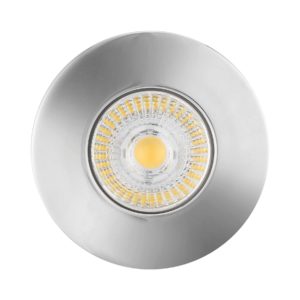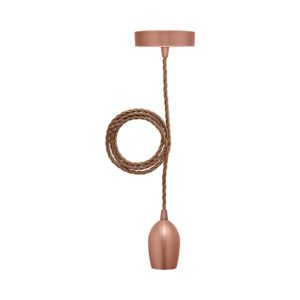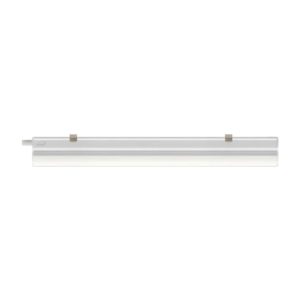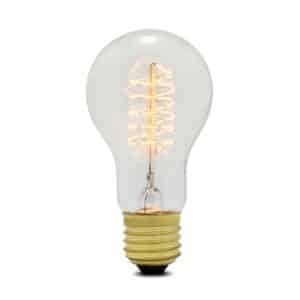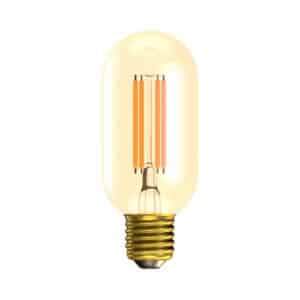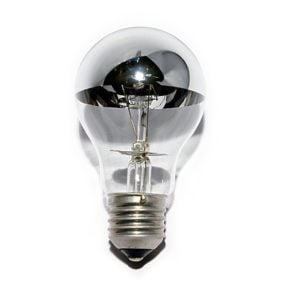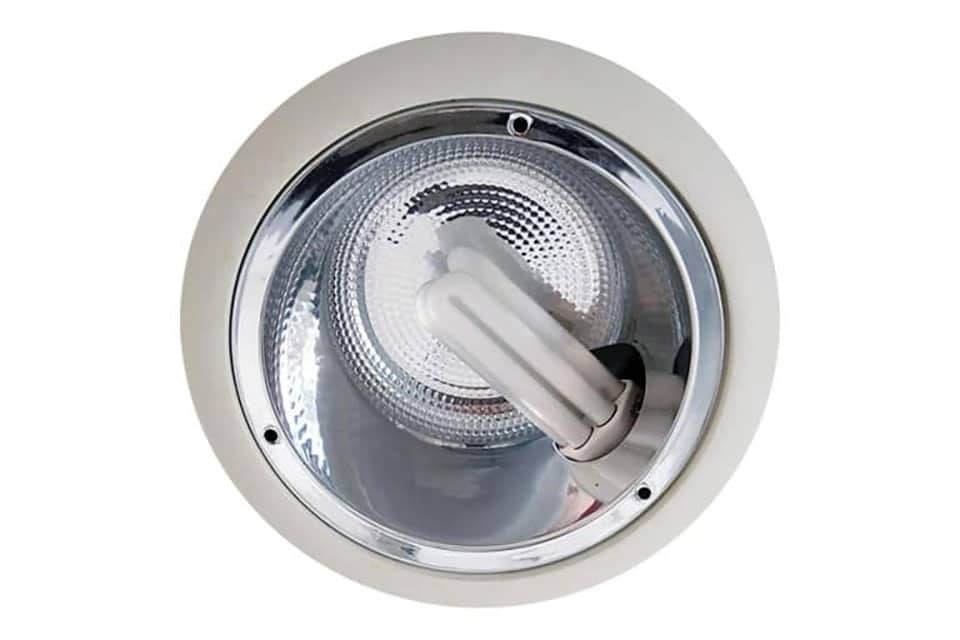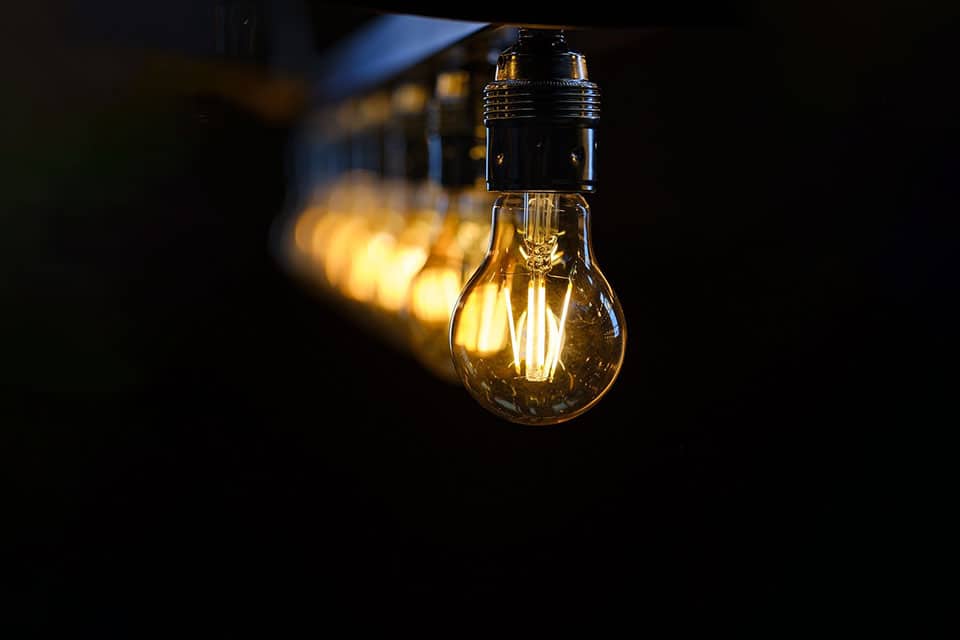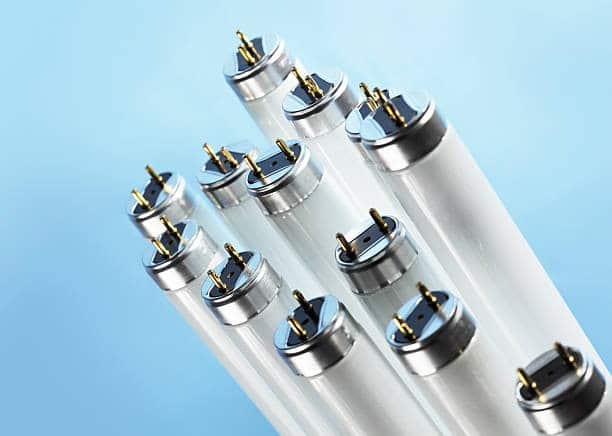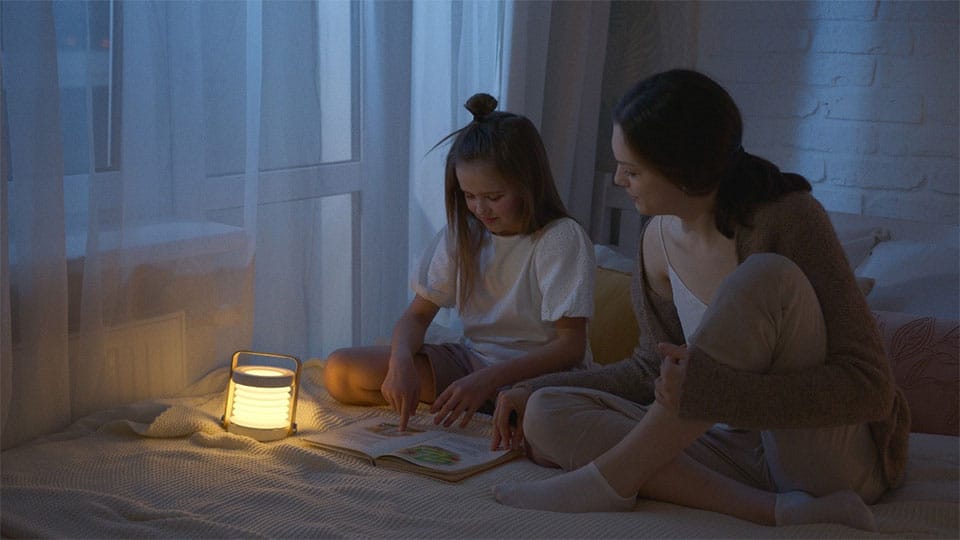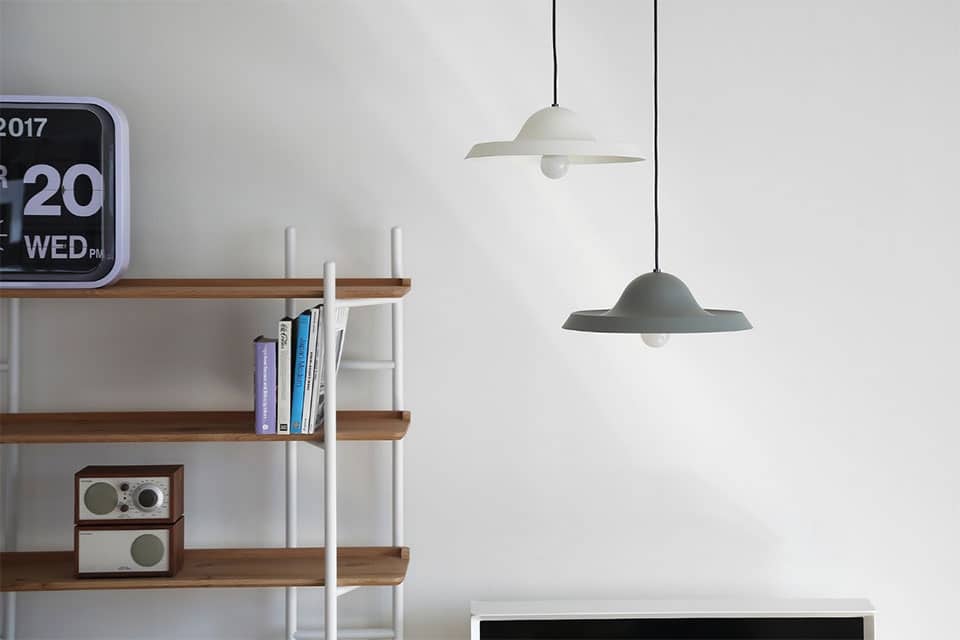The kitchen is often the heart of a home. It’s not just where you come together to prepare and eat meals—it sometimes pulls double duty as a schoolwork station, or it can serve as a place to complete work projects or crafts.
To accommodate all of these needs, your kitchen needs to have good, adaptable lighting. That means selecting the right lighting fixtures that both suit the space and provide the amount of light you need, where you need it.
So, how do you choose the right kitchen light fixture(s)?
Consider the kitchen
When selecting a new lamp or lamps for your kitchen, it is important to consider the design of the kitchen itself. Whether you are updating an existing design or completely renovating the space, factor in the existing design or the new plan accordingly.
The details and elements of your kitchen as it exists or will exist when renovations are done will impact the type, size, style, and number of light fixtures—both hardwired and plug-in—that can be installed. Consider these factors:
- Size of the kitchen – Dictates the number and size of fixtures you can fit.
- Current number and style of fixtures – Unless you are renovating, this guides where new fixtures can go and what style they’ll need to be to match any you plan on keeping.
- Natural and artificial light levels – Informs the amount and type of light needed.
- Layout of the kitchen – This factor helps to dictate fixture placement and style, especially if it has an open plan and connects with other rooms.
- Style of the kitchen – Impacts the style of the fixture you should select.
With these details settled, you can more easily determine the style and number of fixtures you need to purchase and install.
Selecting the fixture
Keeping the appearance or would-be appearance of your kitchen in your mind’s eye, you can begin to browse for the ideal fixture(s). When selecting fixtures, consider how they will look and what they will add to the room, focusing on their:
- Style and aesthetics
- Size and placement
- Atmospherics
1. Style and aesthetics
When it comes to lamps, there are a few different options for where they can be mounted and how they will take up space in the room:
- Wall- or ceiling-mounted
- Flush with the ceiling or suspended, like pendants
- Stationary, like recessed lamps, or adjustable, like track lighting
- Floor or table standing
- Concealed in, under, or on top of furniture
Armed with the knowledge of how you’d like your kitchen to look and the type of lamp you want, you can hone in on the finish and overall look of the lamp—the most fun part of fixture selection in our opinion.
When it comes to this facet of lamp selection, you’ll want to consider the materials, finishes, and overall aesthetics of the lamp. Do you want your lamp(s) to be:
- Metal, wood, glass, concrete, plastic, or fabric?
- Exposed or shielded?
- Sheer or opaque?
- Matte, glossy, iridescent, or flat?
- Classic and traditional or bold statement pieces?
- Colourful or subdued tones?
PRO TIP: For a simple, minimalist kitchen, a light fixture is a great place to make a statement. If your kitchen design tends towards maximalism, you may want to select more subtle fixtures that don’t draw attention away from the other aspects of the room. However, it’s important to keep in mind that it is your kitchen! Don’t be afraid to ignore trends or mix and match—select the fixtures that will make you happiest.
2. Size and placement
The size of the light fixture you should get is wholly dependent on the number of fixtures you plan to install and the size and layout of the kitchen itself.
- Is your kitchen an open concept space that is connected to other rooms? If so, you may want to carry on the size, style, and placement of these fixtures throughout both spaces to maintain a seamless flow.
- Do you have a large amount of vertical space to work with? Or are you limited by low ceilings?
- For smaller kitchens, stick to small fixtures or low-profile options, like recessed lamps or flush-mounts. One or two ceiling lamps should be all you need, unless you are opting for recessed or track lighting. Speak with an electrician, lighting or interior designer, or other lighting expert if you need advice for the number of recessed lamps you require. Track lamps are a little easier—they can be added or removed as needed so long as the fixture has the correct voltage to support them.
PRO TIP: If your kitchen is especially small, try these tips for lighting a small room.
- For larger kitchens, consider installing a large statement piece along with smaller, more subtle complementary fixtures to help brighten the room—recessed lamps or cove lighting work well here. Avoid flush-mount lamps, which won’t light a large space as effectively.
- Consider the placement—location dictates the size and style of lamp you can have:
- Over the kitchen table – You can select something larger in size for this area, but make sure it doesn’t hang too low over the table. 35-40 inches above the kitchen table should make it easy to pass food without worrying about bashing utensils, bowls, or hands against the lamp.
- Over kitchen islands – Long pendants make good use of vertical space and don’t get in the way. Place them 30-36 inches above the island countertop. If your kitchen island is used for meal prep, this is also a good place to incorporate task lighting in the form of recessed downlighting or track lamps.
Shop for our selections of decorative pendants.
- In work areas and walkways, low profile fixtures like track and recessed lights, or under cabinet lighting, keep the space uncluttered and easy to maneuver.
3. Atmospherics
Another important aspect to consider is the atmospherics of the light fixture. The materials, size, and shape that you select will alter the way the light is cast and affect the atmosphere created in the room. Do you want a warm, welcoming environment ideal for gathering, is your kitchen strictly a workspace, or both?
- For warm, welcoming lighting, select fixtures that are made up of clear or sheer materials that will help diffuse the light. This is ideal for a smaller kitchen and helps keep the space from looking cluttered.
PRO TIP: If you are opting for exposed bulb fixtures, select a light bulb that adds visual interest. If you’re concerned about glare from the bulb, opt for a crown mirrored silver top bulb that shields the light out from your eyes while still providing the optimal level of lighting.
- For a touch of drama, select metal or concrete fixtures, which will create a more vertical column of light. This is great for breaking up large kitchens.
Regardless of the size of your space, you should install dimmer switches. These useful additions to your room will make your lighting more flexible so you can adjust light levels to suit the tasks or atmosphere you need at any given time.
Shop for our selections of dimmers & drivers.
Conclusion
To make your kitchen the enjoyable, usable space of your dreams, select the right light fixture to suit your needs:
- Pick fixtures that will match your kitchen as it is, or how it will be after renovating.
- Choose something that you like the look of visually, regardless of trends.
- Select a lamp size that is appropriate to the size of your kitchen and the location the fixture is going.
- Look for a lamp that will provide the level of light appropriate to the desired type of atmosphere.
Learn more about how to properly light your kitchen in our Room by Room Guide to Lighting Your House.























































































